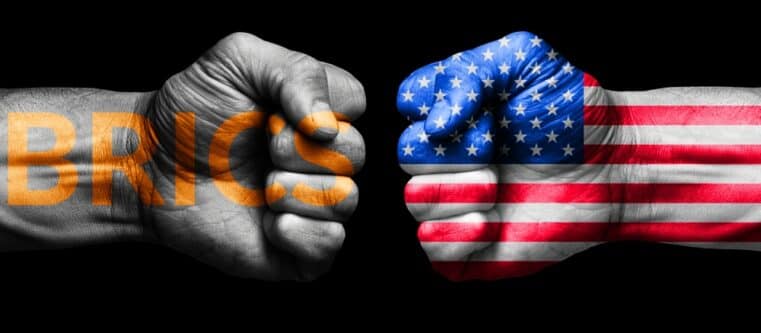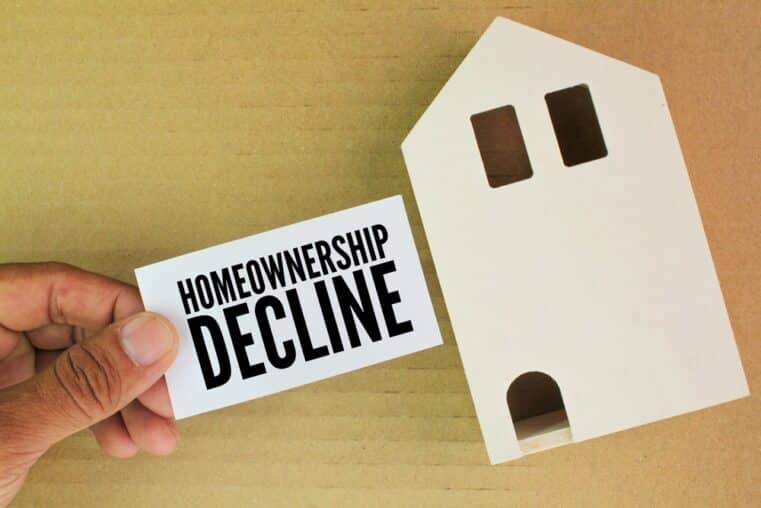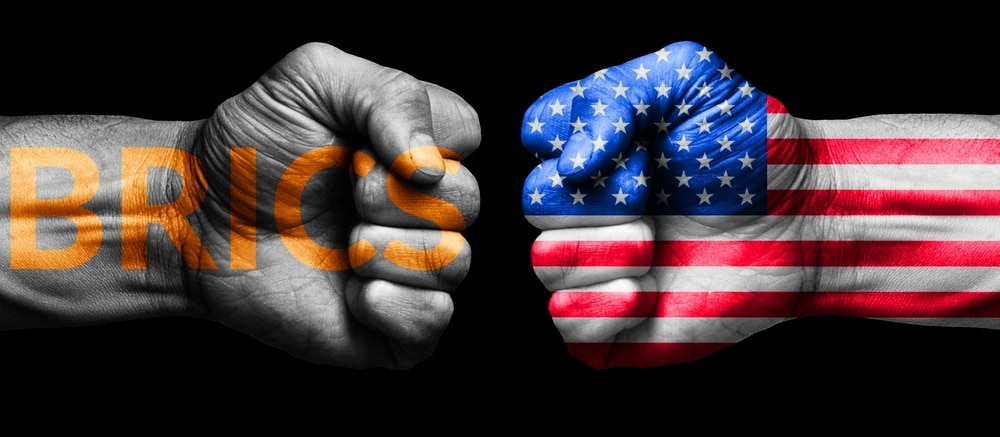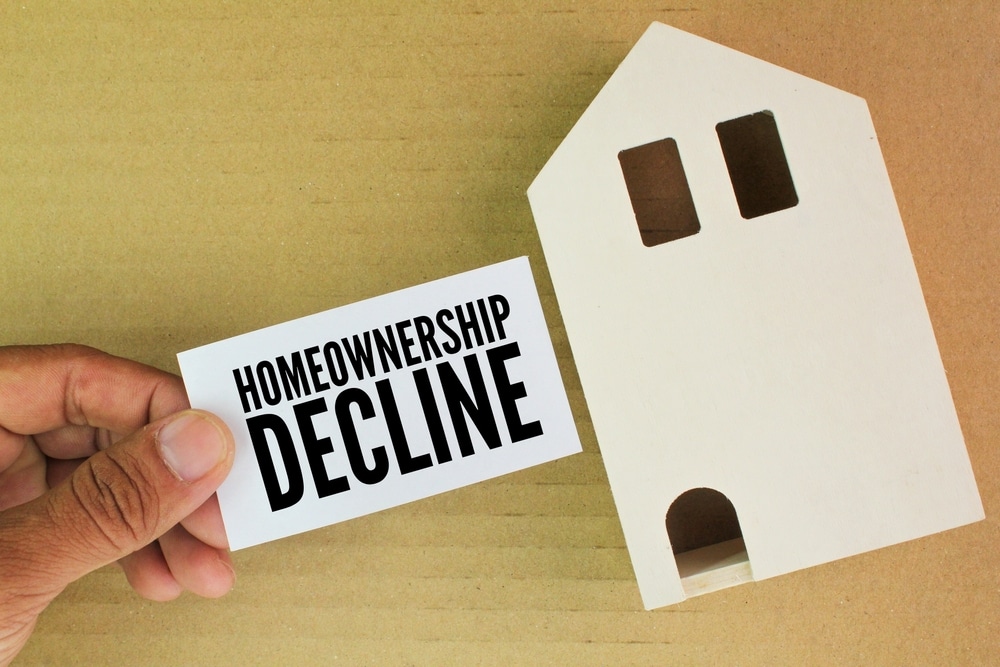
Consumers Slam the Brakes: May Retail Sales Collapse Signals Warning Shot for U.S. Economy
May’s Retail Collapse: A Reality Check for the Recovery Narrative
The Commerce Department’s latest report hit like a hammer: retail sales fell 0.9% in May, a steeper decline than the 0.6% contraction expected by Dow Jones economists. That’s not a blip. It’s a red flare in the night sky. Worse still, this decline comes on the heels of a revised 0.1% drop in April. Two months in the red—and yet we’re still being told the economy is “resilient.”
Remove autos from the equation? Still down 0.3%. Even when you cut out volatile components—like gas, building supplies, and cars—the so-called “control group” rose just 0.4%. That’s the metric the government uses to polish up GDP numbers. Without it? The economy’s flatlining.
Let’s be clear: this isn’t about seasonal noise. This is about structural fatigue. The consumer—the backbone of this economy—is losing strength. Despite headline claims of improved sentiment, families are spending less. The era of easy stimulus is over, and the paycheck-to-paycheck grind is taking its toll.
Tariffs, Tight Wallets, and Tactical Spending
The causes are everywhere: sliding energy prices, post-tariff jitters, and rising price sensitivity. Americans rushed to make big purchases in March to dodge Trump’s “Liberation Day” tariff hikes. Now? They’re ghosting the showrooms.
- Auto and parts sales plunged 3.5%
- Gas stations lost 2%
- Building supplies down 2.7%
- Bars and restaurants fell 0.9%
You don’t cut back on food and fuel unless you have to.
Meanwhile, the few bright spots? Online sales (+0.9%), furniture (+1.2%), and “miscellaneous retailers” (+2.9%). Translation: consumers are bargain hunting, stretching dollars, and avoiding the big-ticket impulse buys that once kept the economy humming.
Navy Federal’s chief economist, Heather Long, summed it up: “Families are wary of higher prices and are being a lot more selective.” In other words, the free-spending American shopper is now a cautious minimalist.
GDP Facade: Don’t Let the Forecasts Fool You
Yes, the Atlanta Fed still pegs Q2 GDP growth at 3.8%—but that estimate came before this sales data dropped. We’ll see how long that optimism lasts. First-quarter growth was already negative at -0.2%, and any serious economist not on the government payroll knows: GDP is only as honest as the inputs you feed it.
Also reported today: import prices flatlined, and export prices fell 0.9%. That’s not the sign of a booming economy. That’s stagnation. That’s an economy stuck in neutral while Washington pretends we’re racing toward prosperity.
What This Signals—And Why It’s Only the Beginning
Retail sales are the heartbeat of the American economy. When they slow down, the arteries of growth—jobs, manufacturing, credit expansion—start to harden. Add to that spiraling public debt, rising interest rates, geopolitical unrest, and a population increasingly reliant on credit cards and Buy Now, Pay Later schemes—and you’ve got a financial system gasping for air.
The façade is cracking. The elites will tell you this is “transitory” or “seasonal.” It’s not. It’s a trend. The real story is buried beneath the headlines. The consumer is retreating, and the next leg of this economic cycle could be a hard landing.
Action Step: Protect Your Wealth While You Still Can
If you’re sitting on dollars in the bank and hoping the Fed has this under control, you’re playing Russian roulette with your financial future. Before the next crisis hits:
- Download Bill Brocius’ FREE guide: Seven Steps to Protect Yourself from Bank Failure
- Get Bill’s book, End of Banking As You Know It, for the unfiltered playbook on surviving what’s next.
- Subscribe to the Inner Circle Newsletter ($19.95/month) for ongoing updates from the man who called the last two bank implosions to the day.
The data doesn’t lie. The consumer is retreating. Don’t be the last to prepare.
Stay sharp. Stay solvent. Stay sovereign.
— Eric Blair











